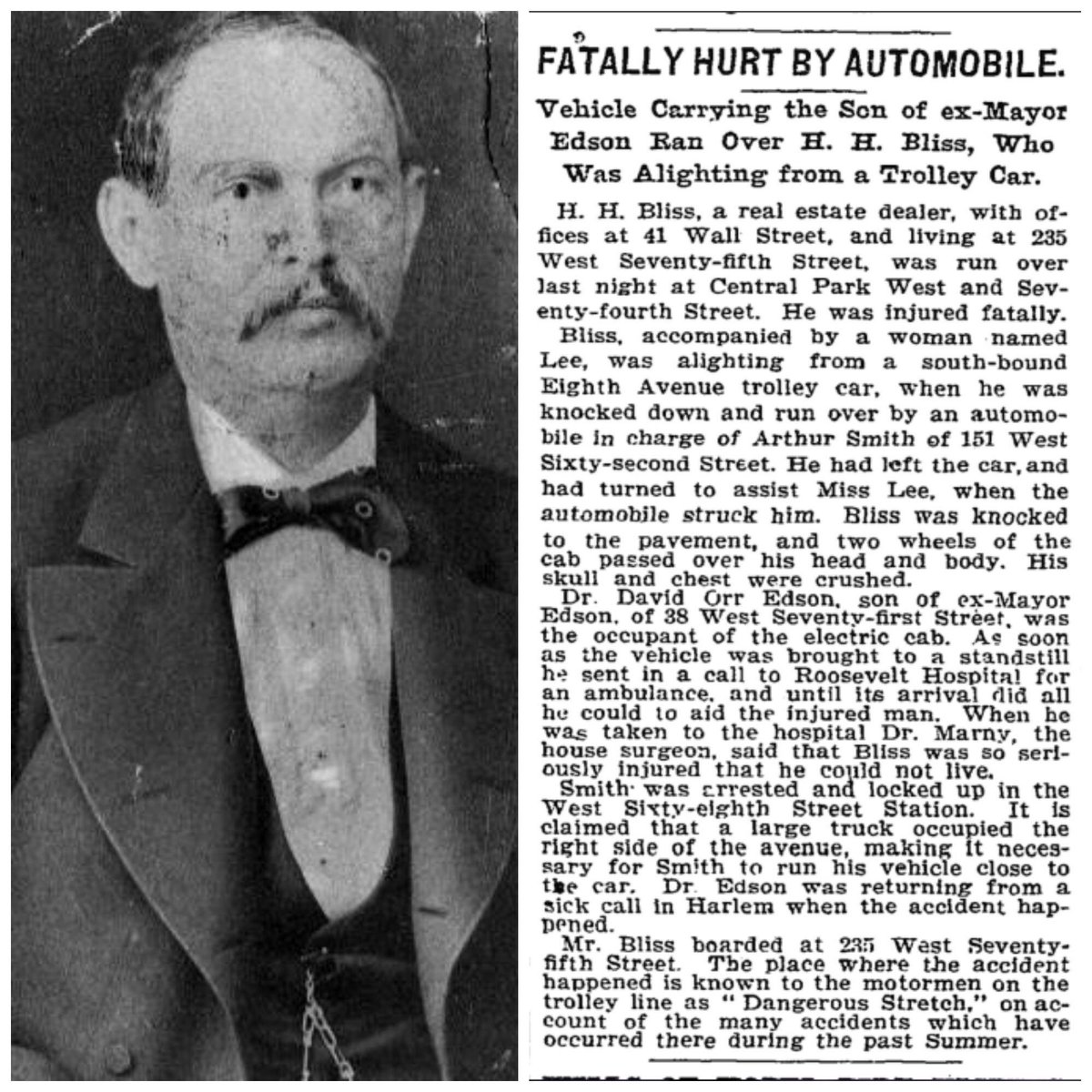Phillip Barron
The Herald Sun
September 14th marked the 108 year anniversary of the first pedestrian death at the hands of an automobile in the United States. On September 13th, 1899, Henry Bliss stepped from a streetcar on Central Park West, in New York, and was struck by a taxicab. He died of his injuries the next morning. The event was reported on the front page of the New York Times.
In 2005 alone, 39,000 automobile crashes in the United States accounted for 43,000 deaths.
Given the anniversary of Bliss’ death, it’s appropriate to think of September as an automobile awareness month, culminating in International Car Free Day. September 22nd is the day that cyclists, transit access activists, and municipalities the world over celebrate a moment of independence from the automobile.
But with the local Smart Commute Challenge moving to the spring (it will return in April 2008) and neither Durham nor Chapel Hill hosting any Car Free Day celebrations, September 22nd came and went much like any other day in the Triangle. The Triangle Transit Authority’s Fare Free Day, on Friday Sept 21st, was the closest thing going.
Many places around the world celebrate their car-free days more enthusiastically. This year, Montreal closed off sections of its historic district to private automobiles on Friday, September 21st. Last spring, Mexico City’s Marcelo Ebrard launched a series of weekend efforts to encourage bicycle usage. By closing off selected city streets, the mayor creates ciclovias, or bike paths, on Sundays. Ebrard arguably borrowed the idea from Bogotá, Colombia where approximately 75 miles of its city streets are closed to motor vehicle traffic every Sunday. These car-free programs allow cyclists to gain confidence on the road before relying on their bikes as transportation.
Every day is an automobile awareness day in some parts of London. Since February 2003, London has levied tolls on drivers who take their automobiles into the core of the city. Congestion taxation, as the practice is called, aims to reduce private automobile traffic in dense urban areas by charging drivers fees, then reinvesting the profits in public transportation. Since 2003, congestion in London is down 30%. Michael Bloomberg has openly endorsed a similar tax program for relieving congestion in New York City.
But this September, we took another step backward in the US, another step toward furthering our dependence on the automobile. A post on Google’s official GoogleBlog put out the word that the software giant is soliciting proposals from entrepreneurs who think they can design the next generation of electric hybrid automobiles.
The fact that Google wants a hand in designing electric automobiles is not so surprising,considering that Tesla Motors is a Silicon Valley start-up company. Tesla Motors makes an all-electric Roadster, a $98,000 two-seater that outpaces Ferraris on the drag strip. But perhaps it is because Google is known for outside the box thinking that their request for proposals strikes me as a step in the wrong direction.
Entrepreneurs who answer Google’s challenge are likely to produce exactly what it asks for — new designs for electric hybrid automobiles. The continued focus on the automobile is a limitation on creative thinking. A shift from the era of the Ford Mustang and Porsche Cayenne to an era of electric Ford Mustangs and Porsche Cayennes is not the radical shift in our transportation design that this country needs.
Teslas and Google cars may not run on gasoline (though, as hybrids the Google cars probably will), and weaning ourselves off petroleum products will surely reduce greenhouse gases. But keeping transit focused on the free-wheeling automobile will do nothing to address the 40,000 deaths per year that result from automobile crashes.
After all, the taxicab that killed Henry Bliss was electric.

